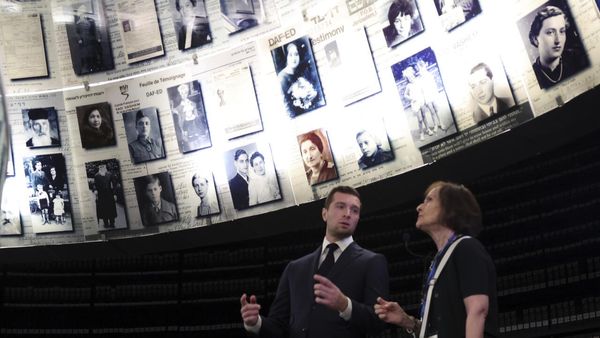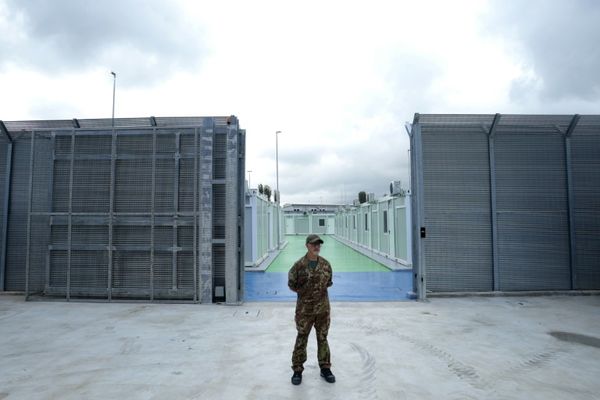A new plan to save the swift parrot from going extinct within a decade could also ensure Tasmania's state-owned forestry organisation is financially viable, researchers say.
Modelling indicates the population is rapidly declining towards extinction and estimates suggest as few as 750 swift parrots are left in the wild, a reduction from about 2,000 a decade ago.
In a new report for The Wilderness Society, the Tree Projects and BirdLife Australia, ecologists Jennifer Sanger and Nick Fitzgerald say the main threat to the parrot is the loss of breeding and foraging habitat — in particular, blue and black gum forests.
They argue the protection of this type of habitat, where it is managed by Sustainable Timber Tasmania (STT), could help save the species.
In total, about 7 per cent of the forests, or 60,000 hectares, would need protection.
Swift parrots nest in hollows in mature eucalypt trees, which can take between 100 and 140 years to form.
"Existing policies surrounding swift parrot conservation in Tasmania are woefully inadequate," Dr Sanger said.
"We're losing significant amounts of swift parrot habitat every year to logging."
Report authors argue the plan is a win-win
"By implementing this plan and reducing the logging quota, we'll be able to protect swift parrots but it will also mean that [STT] will be more viable," Dr Sanger said.
The protection plan hinges on the reduction or removal of a legislated requirement that STT makes 137,000 cubic metres of native forest timber available each year.
That is a change STT's board has already asked for — back in 2016, when it was called Forestry Tasmania.
At the time, the government business enterprise provided advice to Resources Minister Guy Barnett that the legislation forced it to lose money because after about 96,000 cubic metres had been logged, the cost of production was higher than the revenue it generated, based on prices at the time.
Mr Barnett rejected the request to reduce the legislated minimum requirement.
An attempt to remove the 137,000 cubic metre requirement by the Tasmanian Greens last year failed to pass the House of Assembly when the Liberal government and Labor opposition voted against it.
"We have the plan, we know what needs to happen, we just need the political willpower to do so."
BirdLife Tasmania convenor Eric Woehler urged the Tasmanian government to act quickly.
"All the research that's been done in the last 10 or 15 years by researchers all around Australia has clearly shown that this species is in imminent danger of extinction," Dr Woehler said.
"We really have no time left if we're going to be serious about saving this species."
Sustainable Timber Tasmania developing its own plan
Suzette Weeding from STT said the company was developing a swift parrot management plan to outline strategies and actions to contribute to the conservation of the swift parrot through targeted land management.
"The management approach includes managing and protecting swift parrot habitat, enhancing existing swift parrot habitat, reducing threats to swift parrot breeding success and engaging with species experts and land managers to improve swift parrot conservation," Ms Weeding said.
Ms Weeding said STT had operated at a profit for each of the past four years, recording an underlying profit of $1.7 million last year.
A government spokesman did not say whether the government would consider the plan, or why it opposed the reduction of the 137,000 cubic metre quota.
They said more than 127,000 hectares were set aside to protect biodiversity and other conservation and heritage values, including 9,000 hectares specifically for the protection of the swift parrot in southern forests and a moratorium on harvesting on Bruny Island.







